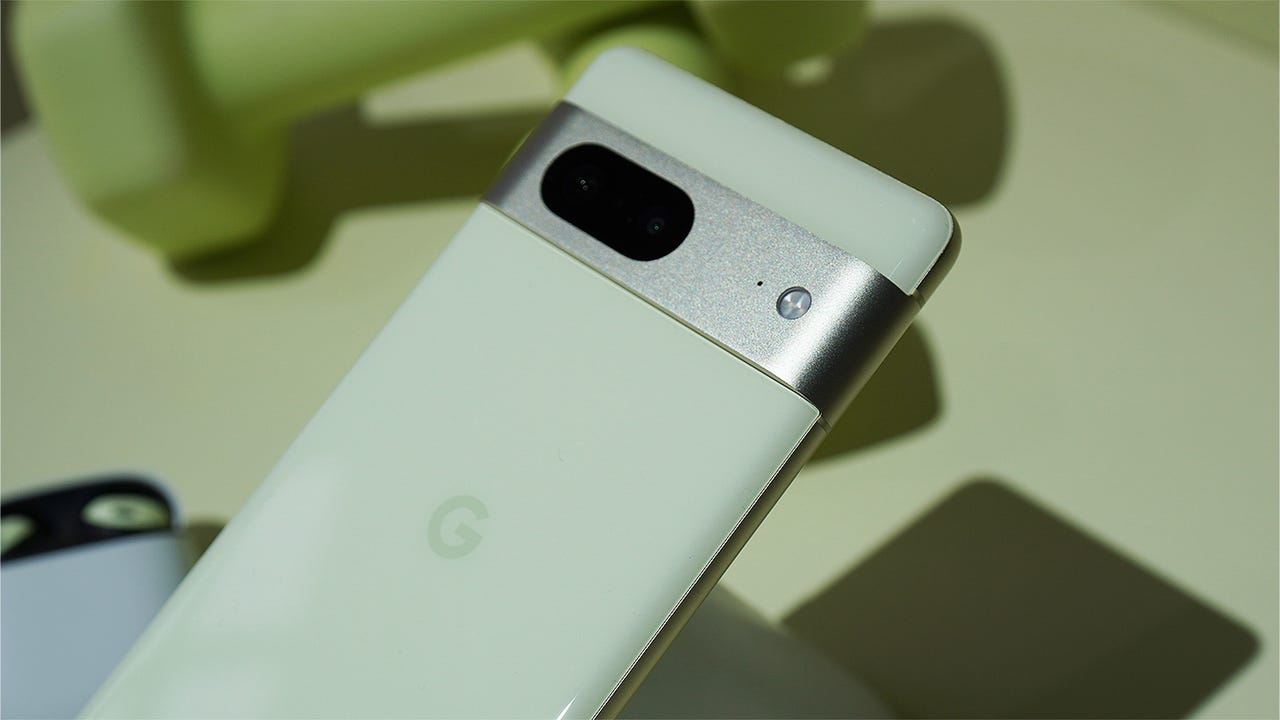
Have you ever wanted to unlock your car with your phone?
Sounds futuristic, doesn’t it? Well, the future is upon us, thanks to UWB.
Also: How to find out what apps are draining your Android phone’s battery
UWB stands for Ultra Wide Band and is used as a short-range wireless communication protocol to track the location of objects. UWB works by calculating locations within less than half an inch by measuring how long it takes short radio pulses to travel between one device and another. UWB was originally designed as a means to transfer data, but its ability to track very precise positioning has made it quite useful for modern devices.
One of the most widespread uses of UWB is Apple AirTags, and the technology is gaining steam. Another exciting use of UWB is unlocking cars and smart homes. Automakers, such as BMW, Audi, Ford, and Hyundai already claim that UWB-equipped devices will one day serve as digital keys for unlocking cars. Other use cases include things like keyless entry for homes, manufacturing and logistics, sports, asset tracking, and more.
Both iOS and Android devices are capable of using UWB. However, the list of phones that work with UWB is surprisingly short and consists of the following phones:
- Apple iPhone 11, 12, 13, and 14
- Apple Watch series 6, 7, 8, and Ultra.
- Google Pixel 6 Pro and 7 Pro.
- Samsung Galaxy Note 20, Galaxy S21, Galaxy S22, Galaxy S23, Galaxy Z Fold 2, Galaxy Z Fold 3, Galaxy Z Fold 4.
- Xiaomi Mix 4.
If you have one of the above phones, you can use UWB to unlock your car and do other nifty things. Of course, not every car works with UWB. For instance, my Mini Cooper is too old and isn’t supported. My wife’s car, on the other hand, does work. The good news is that UWB is catching on and you should expect more cars and more devices to support the technology. And because UWB is so accurate at pinpointing locations, you can be sure it will find even more use cases in the near future.
For example, with UWB enabled, cars will (eventually) be able to recognize your device as you get close enough to your phone and automatically unlock it for you. I would imagine that feature will put a damper on a lot of thriller movies and TV series where the bad guy abducts or assaults someone struggling to get their car unlocked.
Also: 5 simple ways to improve your Android phone security today
Note: Even if your phone is listed above, UWB might not be fully functional yet. For example, the Samsung S21 is listed and UWB is found in Android settings. However, when you search for UWB in the Settings app, it’ll appear but will take you to the Connections page, where there is no UWB listed. Even though the S21 is listed as supported, Samsung has only rolled it out to the S21+ and S21 Ultra. So, if you don’t find the UWB option available in a phone that is listed as supported, hopefully it’ll eventually arrive in an update.
The range of UWB looks something like this:
- Range: 30-600 feet (10-200 meters)
- Accuracy: 0.1−0.5 m (0.33−1.64 feet)
Not only does UWB have a good range on it, it’s very accurate.
Also: 7 things you didn’t know your phone could do
Although a small percentage of Android phones support UWB, you’ll want to know how to enable it (should your car support the feature). Let me show you how it’s done.
How to enable UWB on Android
What you’ll need: To enable UWB, you’ll need an Android device that supports the protocol. I’ll demonstrate this on my Pixel 7 Pro running Android 13.
The first thing to do is open the Settings app. To do this, open your app drawer and then locate and tap the Settings launcher.
From within the Settings app, tap Connected Devices, and then tap Connection Preferences.
Accessing the UWB feature is found within Connection Preferences in Android 13. Screenshot by Jack Wallen/ZDNET
At the bottom of the Connection Preferences page, you’ll see the UWB entry. Tap the ON/OFF slider until it’s in the ON position to enable the feature.
Enabling UWB on a Pixel 7 Pro running Android 13. Screenshot by Jack Wallen/ZDNET
At this point, UWB is now enabled.
If your car supports the protocol, you should be able to then set it up to automatically unlock as you come near the car.
Also: The best home EV chargers compared
One thing to keep in mind, however, is that you probably have to install an app for your car or set this feature up through your auto’s system. The process for this will vary from car to car, so make sure to check the manufacturer’s instructions on linking your phone and car together.




















